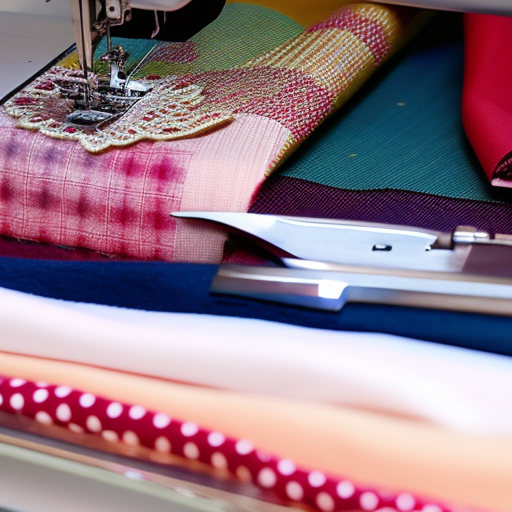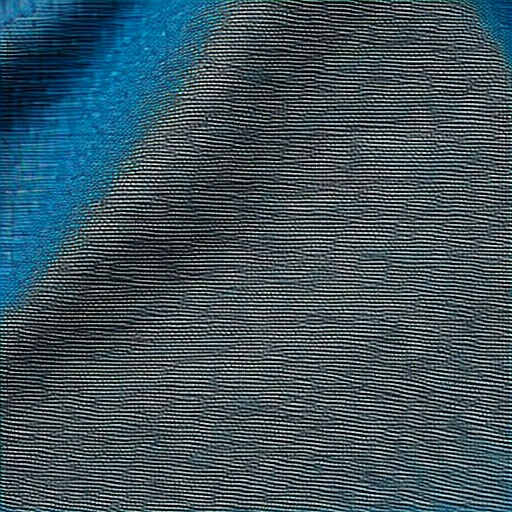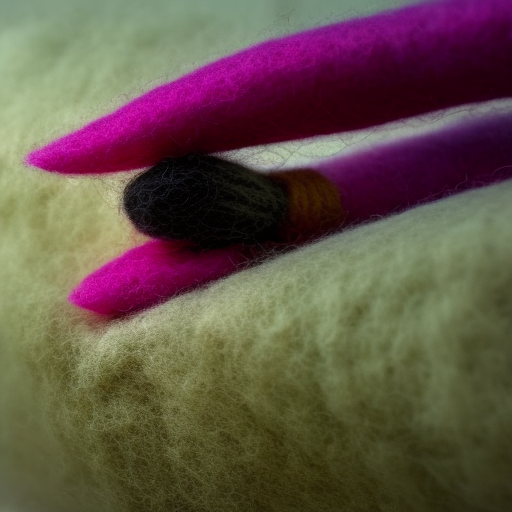

If you have a passion for fashion, DIY projects, or simply love creating unique items, sewing can be a wonderfully rewarding hobby. Sewing allows you to unleash your creativity and create one-of-a-kind pieces with beautiful fabrics. Whether you’re a beginner or an experienced seamstress, understanding different types of fabrics and how to sew them is crucial for successful and professional-looking results.
The Importance of Choosing the Right Fabric
When starting a sewing project, selecting the appropriate fabric is essential. Different fabrics have unique characteristics, such as stretch, weight, drape, and texture, that can greatly impact the overall look and feel of your finished piece. Consider the following fabric types:
- Cotton: A versatile fabric, known for its comfort and breathability. Ideal for creating everyday wear, quilts, and home decor items.
- Silk: A luxurious fabric with a smooth and lustrous appearance. Best suited for formal attire, evening gowns, and lingerie.
- Wool: Perfect for warm and cozy garments, especially during colder seasons.
- Denim: A durable and sturdy fabric commonly used in creating jeans, jackets, and bags.
- Knits: Stretchy fabrics that are ideal for creating comfortable and fitted garments, such as t-shirts and dresses.
Essential Sewing Techniques
Mastering basic sewing techniques lays the foundation for creating beautiful garments. Here are a few techniques to get you started:
- Seam finishing: A process of securing raw fabric edges to prevent fraying. Common methods include zigzag stitch, overlocking, or using a serger.
- Hemming: Making a neat and finished edge on garments or textiles. This is usually done by folding, pressing, and sewing the fabric.
- Gathering: Creating soft gathers or pleats in fabric to add volume or shape. This technique is often used in skirts, sleeves, or ruffles.
- Buttonholes and buttons: Creating openings in fabric for buttons to pass through, allowing for easy fastening and unfastening.
- Zippers: Incorporating zippers into garments for seamless openings and closures.
Tips for a Successful Sewing Experience

To have a rewarding sewing journey, keep the following tips in mind:
- Invest in a good quality sewing machine that suits your needs and skill level.
- Read and understand sewing patterns and instructions before starting a project.
- Practice proper cutting and measuring techniques for accurate results.
- Use the appropriate sewing needles and threads for different fabric types.
- Take breaks and enjoy the process. Sewing should be a relaxing and enjoyable experience.
Now that you have a basic understanding of sewing in fabrics, it’s time to unleash your creativity and embark on exciting sewing projects. Remember to experiment, learn from each project, and most importantly, have fun!





Wonderful news! #fabricforever
Mark Johnson: This is great!
Fabrics can add so much to any project! With the right thread and needle, the possibilities are endless! #SoManyProjects #FabricFun #CreativeVibes
Love to see someone get creative with fabrics! Can’t wait to see what you come up with. #CreativityAtItsFinest